Comfrey and Pyrriolizidine
Alkaloids Research
I sell live Comfrey roots, seeds, dried comfrey and oil.
Comfrey
Easy Order Page
|
My comments
are in brown. -Nancy
|
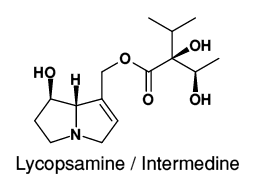
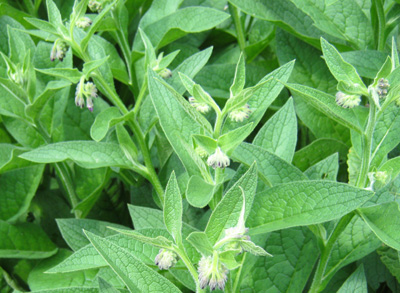
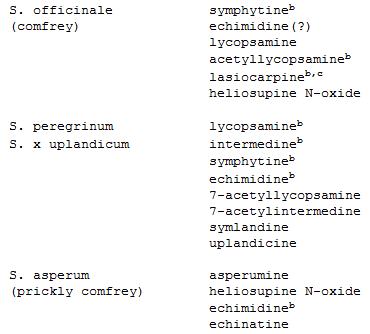 |
Conflicting
Research Reports about which Alkaloids are in True and Russian Comfrey
6-8
Types of Alkaloids Including Echimidine
"All comfrey (True and Russian) contains at least 8 types of Pyrrolizidine
Alkaloids (PAs)."
(Cornell University, Medicinal Plants for Livestock, www.ansci.cornell.edu/
plants/ medicinal/comf.html.)
"True/Common Comfrey contains these PAs in both roots and leaves: Acetyllycopsamine,
Echimidine, Heliosupine, Intermedine, Lasiocarpine, Lycopsamine."
(Also Cornell
University, Medicinal Plants for Livestock.)
In Contradiction, No Echimidine
"The pyrrolizidine alkaloids echimidine and symlandine are not found
in S. officinale L."
(US National Library of Medicine National Institutes of Health,
www.ncbi.nlm.nih.gov/ pmc/articles/PMC3491633.)
Chart to Left: Not Sure About Echimidine (?)
In chart to the left: S. officinale = True/Common Comfrey.
S. peregrinum = S. x uplandicum = Russian Comfrey.
The right hand column is the Pyrrolizidine Alkaloids in each.
(World Health Organization, International Programme on Chemical
Safety, Environmental Health Criteria 80, Pyrrolizidine Alkaloids, www.inchem.org/documents/
ehc/ehc/ehc080.htm.)
There are other conflicting reports. Unbiased studies
are needed on both True and Russian Comfrey, roots and leaves.
|
|
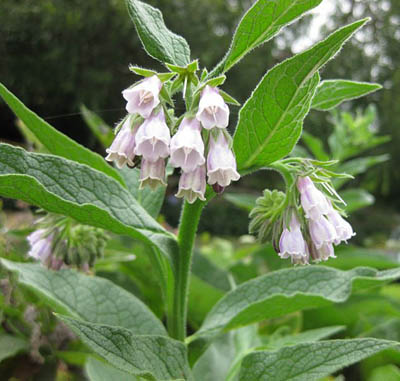
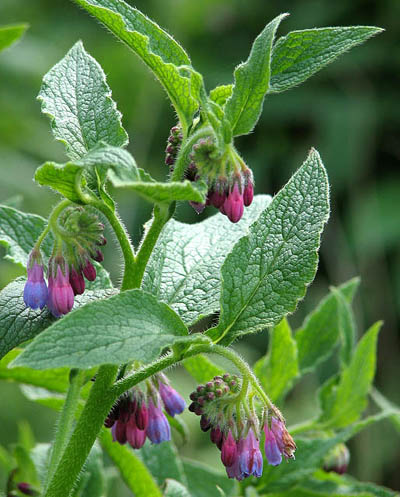 |
Some
Say Russian Comfrey is More Toxic
Russian
Comfrey May Have Types of Alkaloids that are More Dangerous
"Between 85% and 97% of the PAs in Symphytum officinale (True/Common)
commonly grown in American gardens are built around the less toxic retronecine
monoester. However, Russian comfrey (Symphytum x uplandicum), contains higher
levels of the diester, which, is known to have a greater toxicity."
"Bearing in mind the differences in toxicity among various PAs, and the
variable distribution of PAs in different comfrey species and varieties,
we might conclude that extrapolations of research results from one species
to another may be unreliable."
(The above 2 paragraphs are David Hoffmann, www.herbcraft.org/hoffmanncomfrey.html.)
Echimidine May be Most Toxic Alkaloid
"The most toxic of these pyrrolizidine alkaloids, according to Varro
Tyler of the Purdue University School of Pharmacy, is echimidine. This alkaloid
is found primarily in Russian comfrey and Prickly comfrey rather than the
Common comfrey. However, Tyler cautions that other alkaloids toxic to the
liver are present in Common Comfrey."
(Gale Encyclopedia of Alternative Medicine, 2005, www.encyclopedia.com)
Lower Levels of Alkaloids in True/Common Comfrey
"Common comfrey (Symphytum officinale) is the only species that I recommend
for medicinal use because it has the lowest level of pyrrolizidine alkaloids,
and it doesn’t contain some of the most toxic alkaloids. Prickly comfrey
and Russian comfrey contain larger quantities and more toxic alkaloids.
Russian comfrey is the most toxic."
(Michael Vertolli, Registered Herbalist, Vitality Magazine,
one of Canada's largest publications on natural health, alternative medicine,
and green living, July 2004.)
More independent research is needed. Stay in touch
with your physician or health care specialist about using comfrey.
|
|
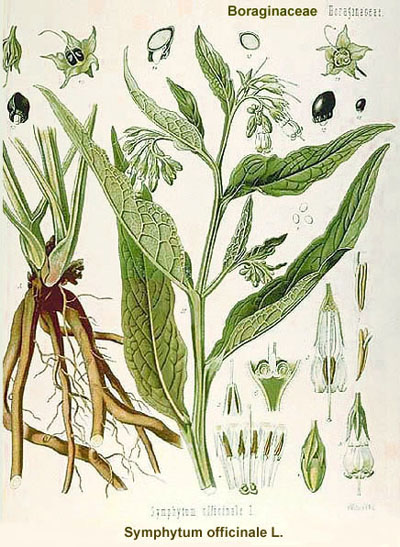
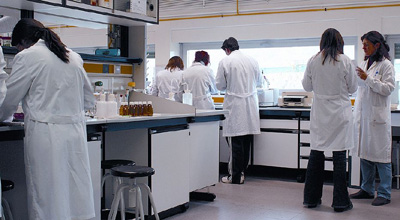

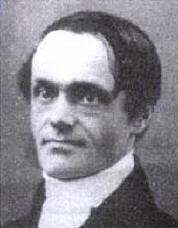
|
Others
Say Russian Comfrey is Less Toxic
Lab
Tests on Russian Comfrey
"Everyone I know grows uplandica (Russian comfrey or what she calls cultivated)
and that is what is sold in stores."
"To complicate the situation even more: the roots and the leaves of comfrey
contain different constituents. Comfrey roots, like most perennial roots,
contain poisons. Wild comfrey (officinale) leaves have some of the same
poisons. But cultivated comfrey (uplandica) leaves don't."
"An herbal group that I belong to sent three samples of comfrey (Russian)
leaf to a lab to be tested for the problematic alkaloids; they found none."
Henry Doubleday, Comfrey Expert
"During the second World War, an Englishman named Henry Doubleday devoted
himself to hybridizing comfrey and making it safe to eat as a cooked green.
His crosses--sterile hybrids that don't produce seeds--are what we grow
in our gardens. And several generations of comfrey-eaters at his research
station have no comfrey-related health problems."
"I have drunk a quart or more of comfrey infusion once or twice a week for
twenty years with no problems."
(The above 5 paragraphs are from Wise Woman Herbalist,
www.susunweed.com/herbal_ezine/ June08/wisewoman.htm.)
Wise Woman Herbalist is the minority opinion. I contacted
Susun for a copy of the lab test but have not heard back from her.
I think she meant Lawrence Hills above and not Henry Doubleday (1810-1902).
The Henry Doubleday Research Association (HDRA) was named after him by Lawrence
Hills who did work on comfrey during WWII. HDRA is now called Garden Organic
based in the United Kingdom. Mr. Doubleday's photo is to the left.
Lawrence Hills, the expert on Russian Comfrey, agrees with Susun. He believed
it was very safe to use for both people and animals, internally and externally.
Part of the problem is the lack of sufficient research on Russian Comfrey.
|
|
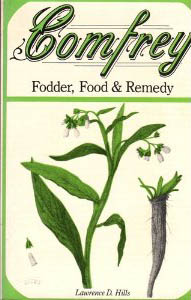
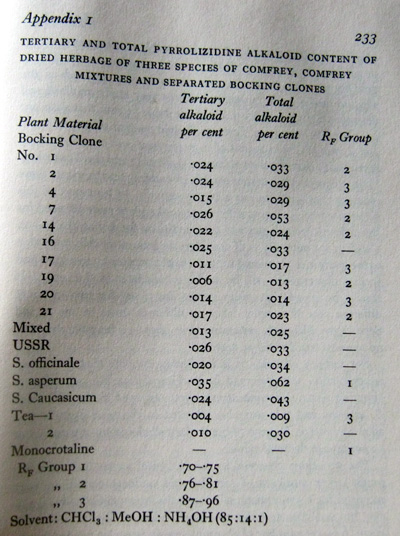 |
Alkaloid
Chart of Comfrey Leaves
In this chart
the alkaloid in dry leaves:
S. officinale (True Comfrey) = .034%.
Russian Comfrey Bocking #4 = .029%
Russian Comfrey Bocking #14 = .024%
The chart and the below quote is from the 1976 book
"Comfrey: Fodder, Food & Remedy" by Lawrence D. Hills on a study done in
1968:
"From this and the much lower content of alkaloid in herbage and tea,
together with the lack of any toxic evidence in livestock and the very low
level of toxicity from the alkaloid itself, it may be concluded there is
no toxic hazard from the use of comfrey herbage and tea."
"Experience gained over many years with feeding cattle and horses on comfrey
in different parts of the world has failed to produce any evidence of an
acute reaction. Equally well there is an absence of any direct evidence
of liver tumours of the chronic reaction in comfrey-fed animals having been
observed in slaughter houses."
"There is every indication that the consumption of comfrey by animals could
sharply increase as an alternative source of protein in this protein-deficient
world, and it is being increasingly consumed by mankind because of the medicinal
properties."
Obviously there is much controversy about the health
effects and alkaloid content of all types of comfrey. Be moderate. I
have fed True and Russian Comfrey to my goats, ducks and chickens for 9
years. They eat comfrey, weeds, pasture plants and grain. Contact your physician
or herbalist for more information.
|
|
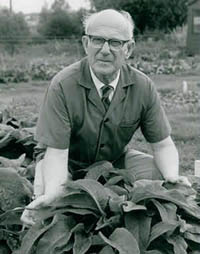 |
Lawrence
Hills
The
photo to the left is Lawrence Hills who wrote several comfrey books that
are the authoritative works on the subject.
He also wrote: "Fertility Without Fertilizers", "Grow Your Own
Fruit and Vegetables", "Organic Gardening", and "Fighting
Like Flowers".
He is next to a Russian Comfrey plant in the 1970s.
|
|
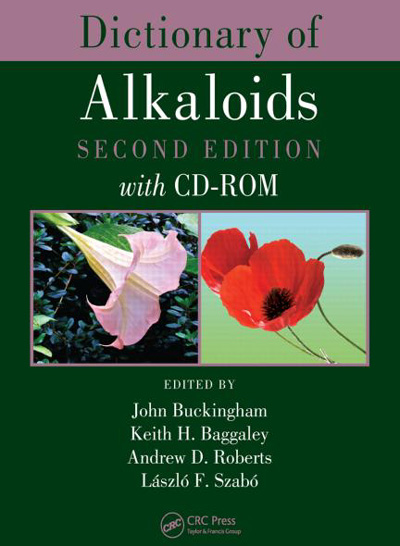
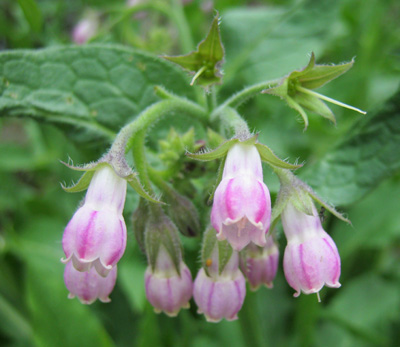
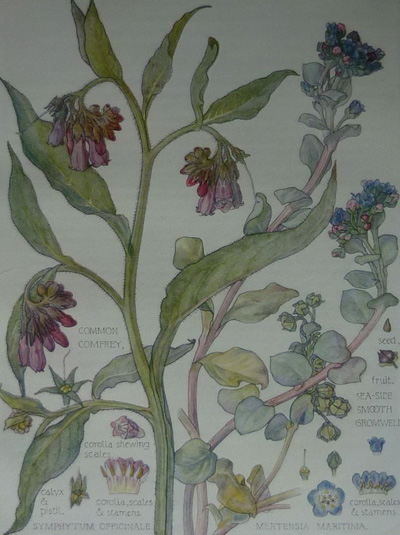 |
Alkaloid
Research on Comfrey: Percent in Roots and Leaves (tremendous variation in
same cultivar)
1. "Comfrey
leaves and roots contain up to 0.29 percent pyrrolizidine alkaloids
such as intermedine, lycopsamine, symphtine and others."
(From 'Does Nature Know Best: Natural Carcinogens and AntiCarcinogens
in America's Food' by American Council on Science and Health, 1996.)
The cultivar of comfrey is not mentioned. Research
is much less helpful if the type is not reported.
2. "Nine of the 11 products were found to contain measurable quantities
of one or more of the alkaloids, in ranges from 0.1 to 400.0 ppm (parts
per million = 0.0001 to 0.040% alkaloids dried True Comfey leaves and
roots). Highest levels were found in bulk comfrey root, followed by
bulk comfrey leaf."
('Determination of Pyrrolizidine Alkaloids in Commercial
Comfrey Products, Symphytum sp.', 1994, www.ncbi.nlm.nih.gov/ pubmed/8071814.)
The upper level is consistent with Lawrence
Hills' chart above of dry leaves.
3. "Determination was made of PA content of (True) comfrey roots and
leaves by Couet and his colleagues; the roots had a range of 1400-8300 ppm
(0.14-0.83%), while the leaves had from 15-55 ppm (0.0015-.0055%)."
"Total content of PAs:
S. officinale (dry) leaves: 0.020-0.180%
S. officinale (dry) roots: 0.250-0.290%
S. peregrinum (Russian comfrey) was found to contain about 0.200% alkaloids
in the tops (leaves)."
('Safety Issues Affecting Herbs: Pyrrolizidine Alkaloids'
by Subhuti Dharmananda, Ph.D., Director, Institute for Traditional Medicine,
Portland, Oregon, www.itmonline.org.)
The low level cited of S. officinale leaves
is around the range of Hills' chart. For Russian comfrey Hills' chart is
much lower in PAs.
4. "The amount of PAs in (True) roots ranges from 0.3-0.4%. The content
in leaves usually is lower."
(Cornell University, Unit Signature, Animal Science, www.ansci.cornell.edu/plants/
medicinal/comf.html, 'Medicinal Plants for Livestock- Symphytum officinale-
Comfrey'.)
This is a little higher than in #3 above.
5. "The total amount of pyrrolizidine alkaloids (in True Comfrey root)
given by different authors varies from 0.013% to 1.2% based on the analytical
methods used (Tittel et al., 1979; Brauchli et al., 1982; Neidhardt, 1982;
Stengl et al., 1982; Gracza et al., 1985; Vollmer et al., 1987; Mütterlein
and Arnold, 1993)."
(US National Library of Medicine National Institutes of Health,
www.ncbi.nlm.nih.gov/ pmc/articles/PMC3491633.)
This variation in alkaloids is large, making
usage recommendations more difficult. Who is right? Why the differences?
6. "Leaves of Russian comfrey contain a concentration of alkaloids
(mainly echimidine) of 0.1 - 1.5 g/kg."
(World Health Organization, International Programme on Chemical
Safety, Environmental Health Criteria 80, Pyrrolizidine Alkaloids, www.inchem.org/documents/
ehc/ehc/ehc080.htm.)
Not enough research has been done on Russian
Comfrey. Reports like this are hard to find.
|
|












